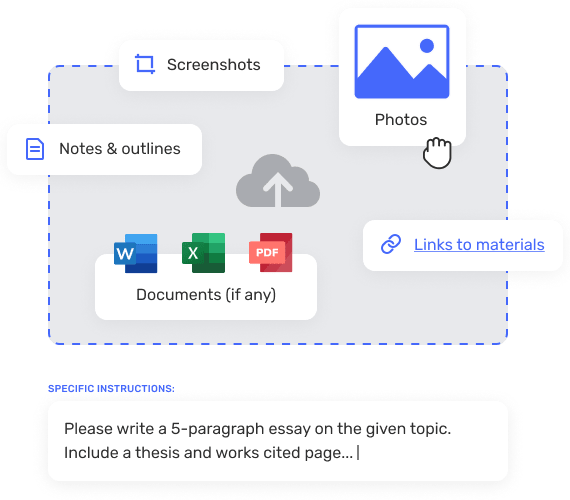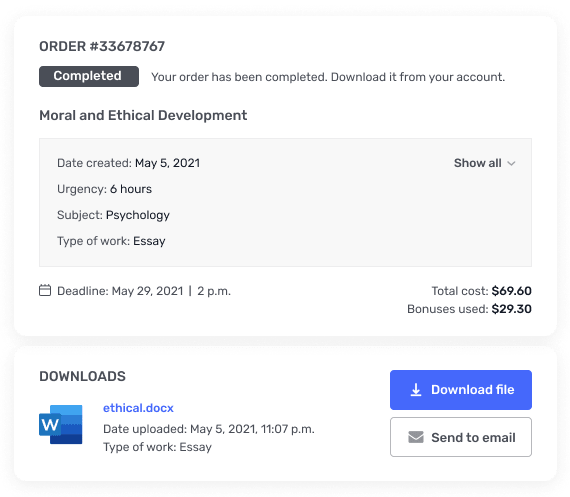The main differences between business and consumer
True or False1) The main differences between business and consumer markets are in market structure and demand, the nature of the buying unit, and the types of decisions and the decision process involved.( )Page Ref: 1692) The business marketer normally deals with far fewer but far larger buyers than the consumer marketer does.( )Page Ref: 1693) Derived demand refers to the business demand that ultimately comes from the demand for consumer goods( )Page Ref: 1694) In the business buying process, the buyer and seller are relatively less dependent on each other.( )Page Ref: 1705) In the business buying process, business buyers determine which products and services their organizations need to purchase( )Page Ref: 1686) Business demand ultimately derives from the demand for consumer goods.( )Page Ref: 1697) The demand for many business goods tends to change more slowly than the demand for consumer goods.( )Page Ref: 1698) The buying center is a fixed and formally identified unit within the buying organization.( )Page Ref: 1729) In a straight rebuy, the buyer wants to alter product specifications, prices, terms, or suppliers.( )Page Ref: 17110) A company buying a product or service for the first time faces a new task situation.( )Page Ref: 17111) Influencers often help define specifications and also provide information for evaluating alternatives.( )Page Ref: 17212) Gatekeepers have formal or informal power to select or approve the final suppliers.( )Page Ref: 17213) Nancy Willis works for the LeBray Beverage Company. She helps define product specifications and also provides information for evaluating alternatives. Nancy plays the role of a gatekeeper.( )Page Ref: 17214) Within the organization, buying activity consists of two major parts: the buying center and the buying decision process.( )Page Ref: 17315) Product value analysis is an approach to enhancing productivity.( )Page Ref: 17616) In the general needs description of the buying process, the buyer describes the characteristics and quantity of the needed item.( )Page Ref: 17517) In the supplier selection stage, the buyer reviews supplier performance.( )Page Ref: 17818) In the proposal solicitation stage of the business buying process, the buyer invites qualified suppliers to submit proposals.( )Page Ref: 17619) During proposal solicitation, the buying center often will draw up a list of the desired supplier attributes and their relative importance.( )Page Ref: 17620) The order-routine specification includes the final order with the chosen supplier or suppliers and lists items such as technical specifications, quantity needed, expected delivery time, return policies, and warranties.( )Page Ref: 17721) The newer the buying task, and the more complex and costly the item, the lesser the amount of time the buyer will spend searching for suppliers.( )Page Ref: 17622) The benefits of e-procurement include access to new suppliers, lower purchasing costs, and more time-efficient order processing and delivery.( )Page Ref: 17723) E-procurement has caused the time between order and delivery to increase significantly.( )Page Ref: 17824) The government market consists of schools, hospitals, nursing homes, prisons, and other institutions that provide goods and services to people in their care.( )Page Ref: 18025) Government organizations typically require suppliers to submit bids, and normally they award the contract to the lowest bidder.( )Page Ref: 181




